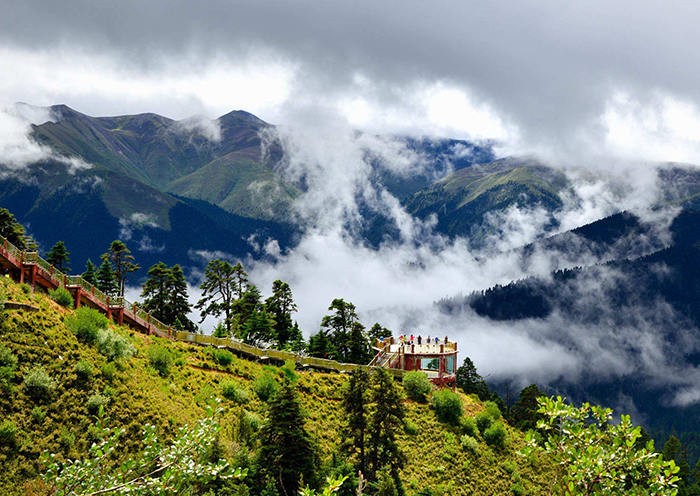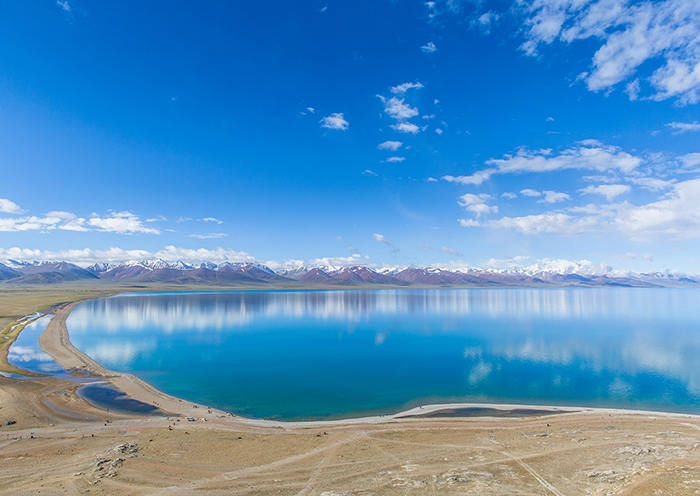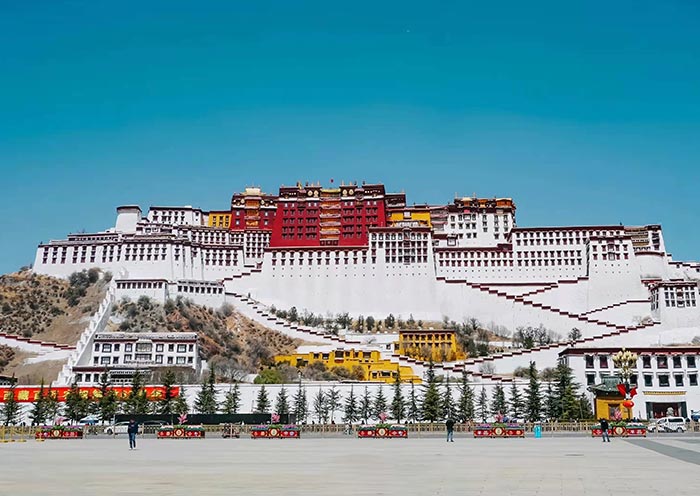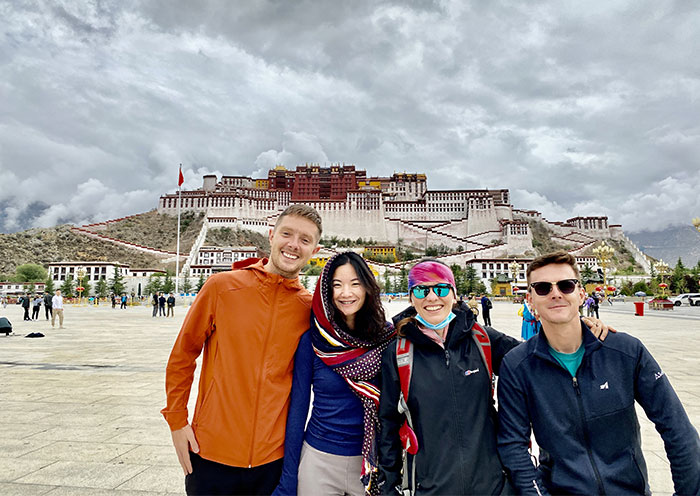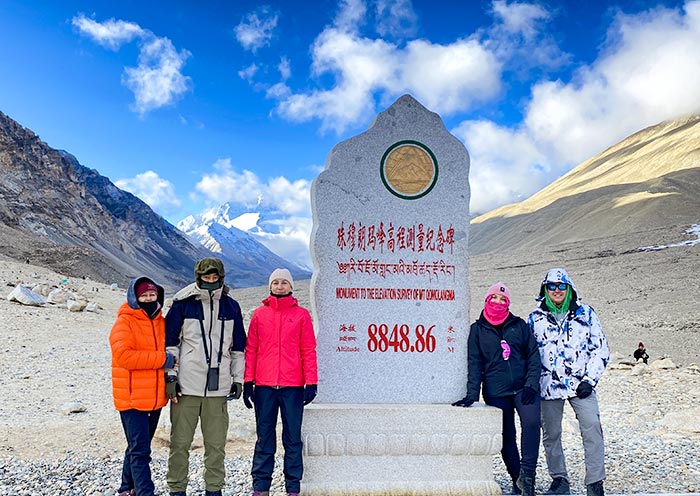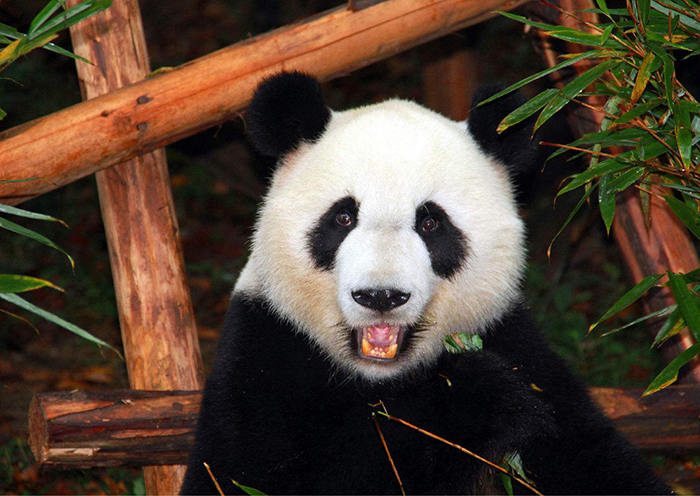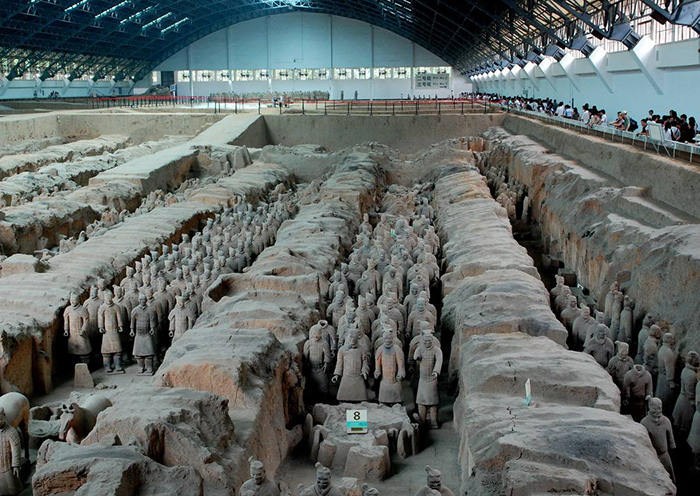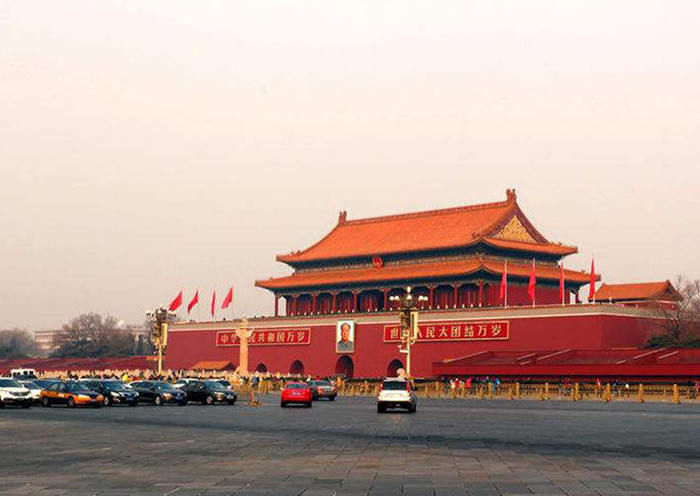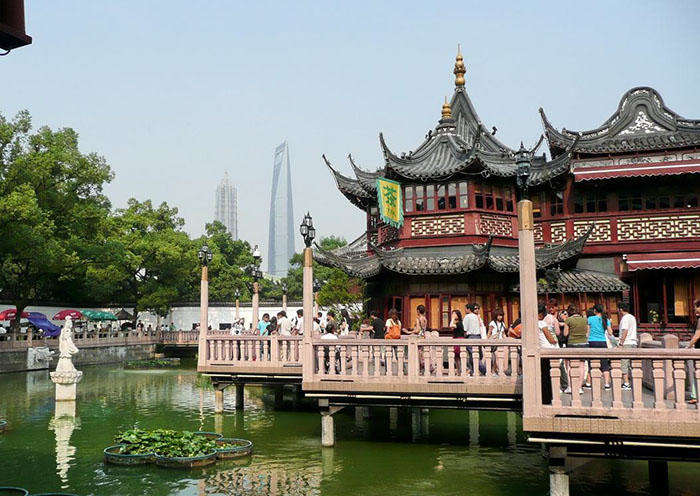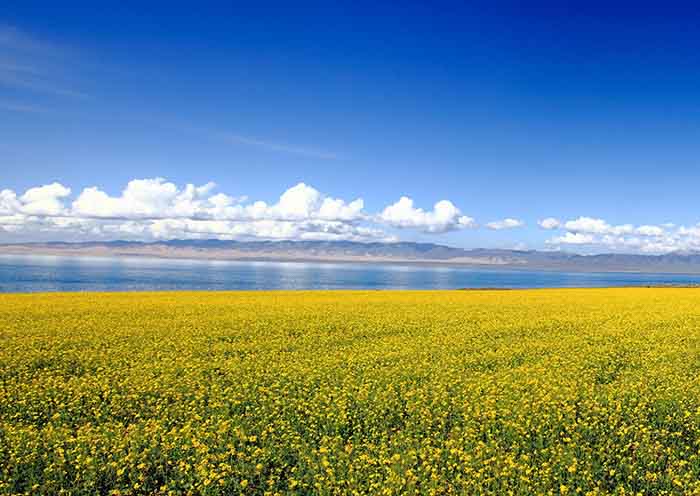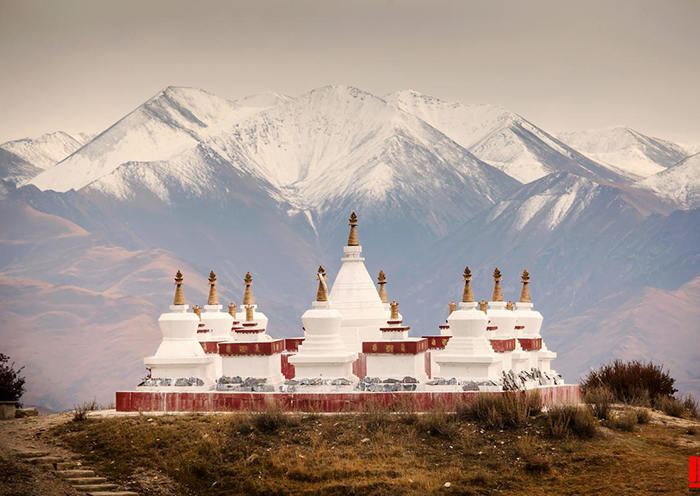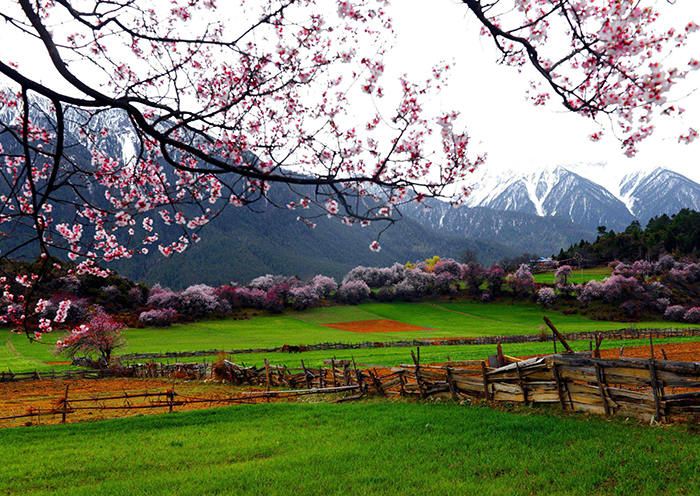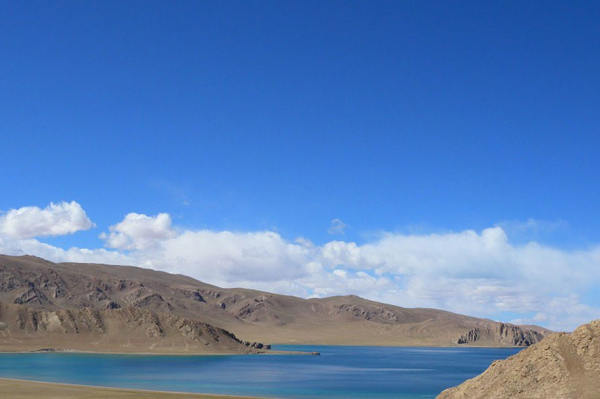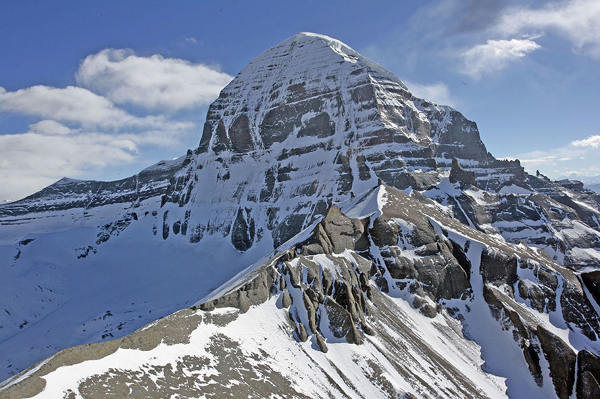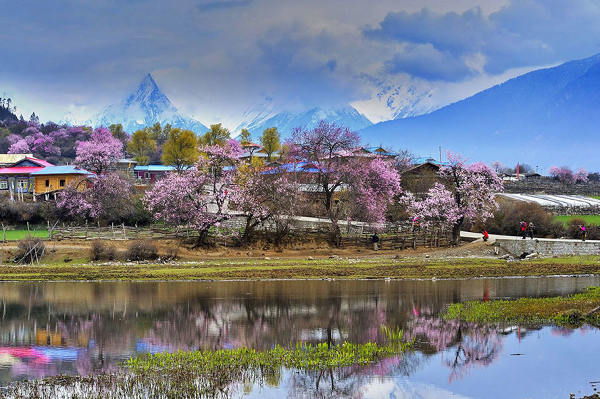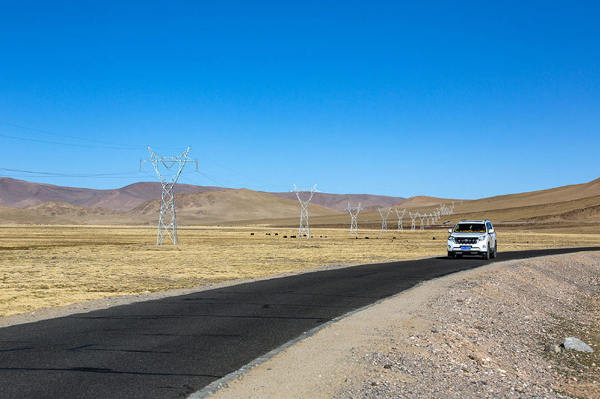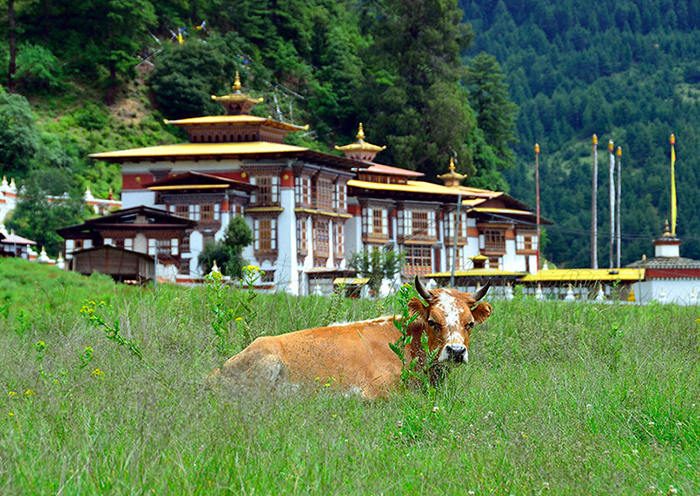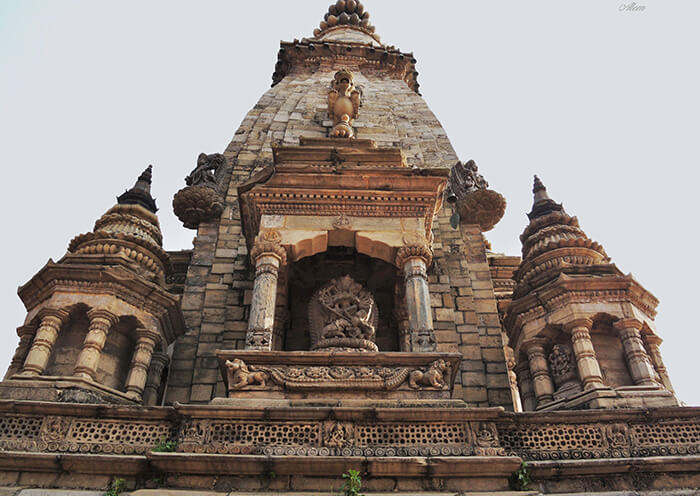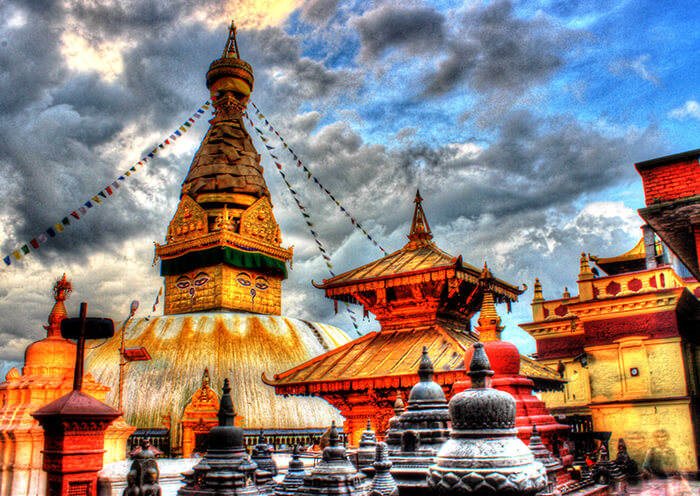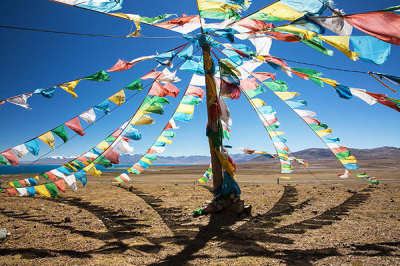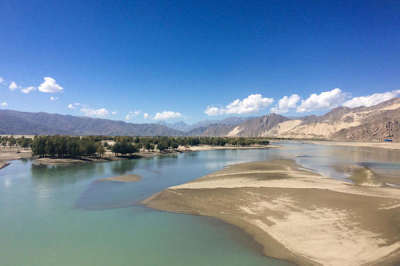Ngari weather in January
In January, the extreme cold weather in Ngari area is accompanied with the strong wind which is of a speed up to level 8 or above. The average temperture in January is about -20℃--5℃; The Ngari area is located in the northern part of the Tibetan Plateau, the core of the Qiangtang Plateau. It is the northern part of the Qinghai-Tibet Plateau. It’s of high altitude and low oxygen content, which makes it a typical plateau climate. It is cold and dry in January with no precipitation. The temperature difference between day and night is large with a longer winter. It’s either cloudy or snowing for most of the days. There is occasional blizzards, hail, frost and some other disastrous weather.
Daily Temperature in Ngari area in January
| Date |
1 |
2 |
3 |
4 |
5 |
6 |
7 |
| Weather |
Cloudy |
Cloudy |
Cloudy |
Sunny |
Sunny |
overcast |
Sunny |
| Max(℃) |
-3℃ |
-4℃ |
-6℃ |
-2℃ |
-3℃ |
-5℃ |
-3℃ |
| Min(℃) |
-20℃ |
-20℃ |
-22℃ |
-20℃ |
-19℃ |
-21℃ |
-19℃ |
| Date |
8 |
9 |
10 |
11 |
12 |
13 |
14 |
| Weather |
Sunny |
Sunny |
Sunny |
Sunny |
overcast |
overcast |
Sunny |
| Max(℃) |
-3℃ |
-2℃ |
2℃ |
7℃ |
6℃ |
2℃ |
-1℃ |
| Min(℃) |
-19℃ |
-18℃ |
-17℃ |
-17℃ |
-12℃ |
-18℃ |
-16℃ |
| Date |
15 |
16 |
17 |
18 |
19 |
20 |
21 |
| Weather |
Sunny |
Sunny |
Sunny |
Sunny |
Cloudy |
Sunny |
Sunny |
| Max(℃) |
-4℃ |
-1℃ |
4℃ |
-1℃ |
-1℃ |
1℃ |
1℃ |
| Min(℃) |
-20℃ |
-19℃ |
-16℃ |
-16℃ |
-17℃ |
-19℃ |
-18℃ |
| Date |
22 |
23 |
24 |
25 |
26 |
27 |
28 |
| Weather |
Sunny |
Cloudy |
Cloudy |
Cloudy |
Sunny |
Sunny |
Sunny |
| Max(℃) |
-1℃ |
0℃ |
-2℃ |
-4℃ |
-2℃ |
-5℃ |
-4℃ |
| Min(℃) |
-17℃ |
-16℃ |
-18℃ |
-20℃ |
-18℃ |
-18℃ |
-16℃ |
| Date |
29 |
30 |
31 |
| Weather |
Cloudy |
Sunny |
Sunny |
| Max(℃) |
-2℃ |
0℃ |
2℃ |
| Min(℃) |
-16℃ |
-15℃ |
-14℃ |
What to wear if visiting Ngari in January
It’s cold with strong wind and heavy snow in January. Which is not advisable for outdoor activities. During the day, it is recommended to wear thick down jackets, fur coats, thick sweaters, windproof jackets, fleece outdoor or mountaineering jackets and other winter clothing. It is recommended to stay in a hotel with heating equipment instead of going out at night at this time.
Other clothing: warm hats, sunglasses, masks, scarves, gloves, earmuffs, etc. to protect yourself from getting frostbite.
Notes on Ngari travel in January
A snow chain need to be installed to the wheels of the vehicle. In January, most of the Ngari area was cloudy and snowy, the road was frozen with dark ice on it, which makes the tires of the vehicle easy to slip and roll over.
Please wear more to keep warm and have less outdoor activities. In the areas of high altitude without sufficient oxygen, intense exercise or outdoor activities for too long may cause hypoxia and altitude sickness. Both the skin and the organs are vulnerable to damage in the extreme cold weather.
Please check the road and weather conditions ahead of time. Continuous snowfall can cause traffic disruptions and some roads may be closed. If there is blizzard, hail or some other bad weather conditions, the visibility gets poor and it is easy to cause traffic accidents.
Eye protection and sun protection are both needed. The ultraviolet rays are strong in winter, and the surface of both the lake and ice on the plateau are very glaring. The reflection of snow is very harmful to the eyes, and it is easy to get snow blindness.
You may need to pay everything with cash, since the mobile phone signals and network stations will be affected by the weather. For convenience, it is recommended that visitors enter Tibet with enough cash just in case.
Please remember to drink sufficient water all the time and better a small meal. It’s dry with low oxygen in winter, which is easy to cause altitude sickness. Eating light meals and stay hydrated can help to prevent it. If you have hypoglycemia, please remember to bring your regular medicines such as glucose.
The best time to travel to Ngari area in general: June to October
The winter in the Ngari area is freezing cold and it’s not good time to travel there at this time. The weather changes dramatically, which may have some potential dangers during the trip. Generally, there are no tourists going to Ali in winter. The winter and the spring (November-May) is the windy season of Ngari with overwhelmingly strong gale.
Summer and autumn (June – October) are the best time to go to Ali, especially summer. The precipitation is concentrated in the summer. With the water in the air increases, the trees are thriving, and the oxygen is also increased. The climate is getting better, and the wild animals are gradually showing up, which is a great time for visiting Ngari.
